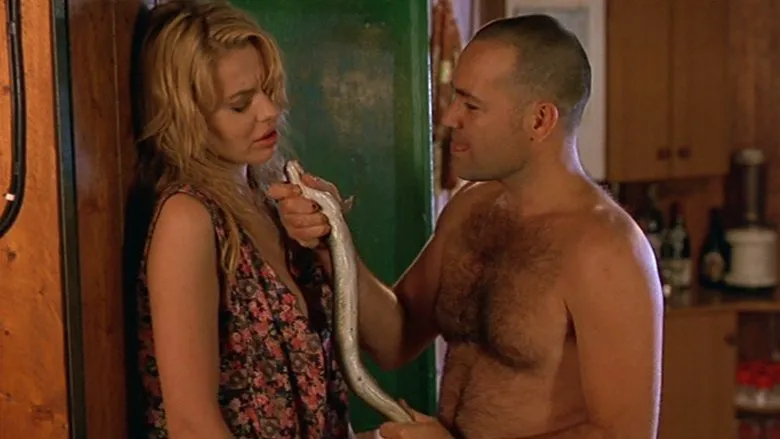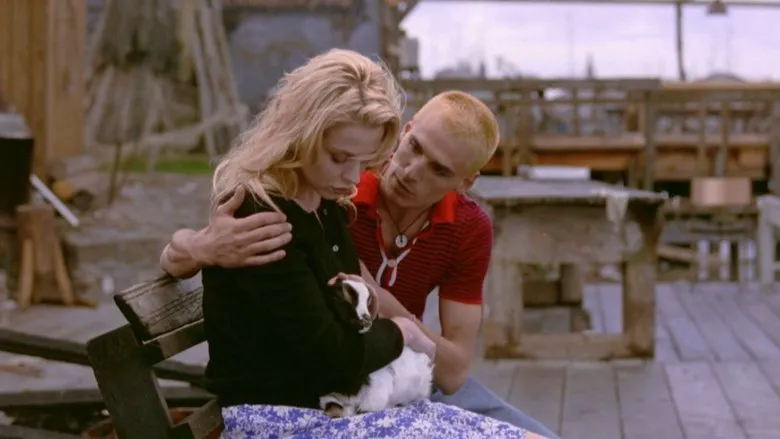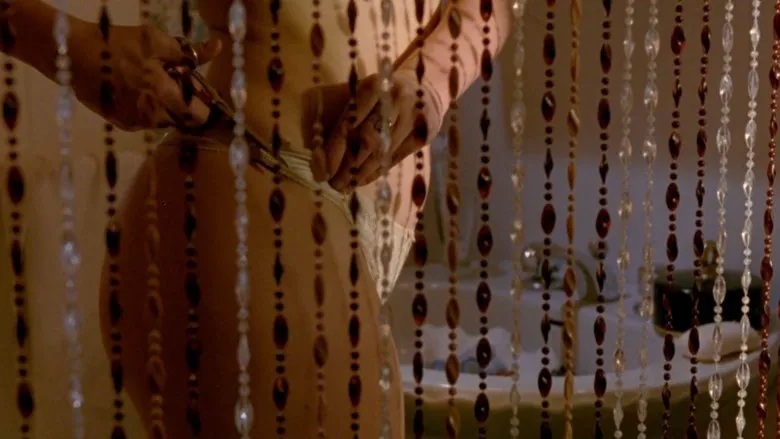Behind the Veil of “Bambola”: Unpacking the Tormented Heart of Italian Drama
Italian cinema has long been lauded for its bold and emotionally charged narratives, and the drama “Bambola” stands as a poignant testament to this tradition. Far from a lighthearted tale, “Bambola” delves deep into the often-unseen struggles of a young woman grappling with grief, fractured relationships, and the relentless pursuit of an elusive stability. In dissecting the film’s powerful script and compelling character arcs, we uncover a meticulously crafted story designed to provoke thought and leave a lasting impression.
The Genesis of a Nickname: Crafting Bambola’s Identity
The film introduces us to Mina, a protagonist whose very nickname, “Bambola” (Italian for doll), carries a heavy, almost ironic, weight. This moniker is not just a familial endearment; it’s a deliberate narrative choice, hinting at her perceived fragility and the way she might be played by the tumultuous circumstances of her life. From the outset, the story establishes a central conflict: how a young woman, fresh from the devastating loss of her mother, must quickly shed the innocence implied by her nickname and confront the harsh realities of adulthood alongside her homosexual brother, Flavio. Their ambitious, albeit precarious, venture into opening a pizzeria serves as the humble yet crucial stage where Bambola’s true saga begins to unfold.

A Nexus of Destructive Relationships: The Narrative Architecture
The true brilliance of “Bambola” lies in its unflinching portrayal of interconnected, increasingly volatile relationships that shape Bambola’s journey. The film strategically introduces Ugo, a seemingly well-intentioned figure whose financial assistance quickly intertwines with a personal bond. His tragic, brutally realistic murder at the hands of Settimio, another of Bambola’s complicated romantic interests, is not just a shocking plot point; it’s a carefully placed catalyst designed to shatter Bambola’s nascent stability and plunge her into a whirlpool of chaos and grief. This pivotal event, handled with stark realism, sets the tone for the escalating tension that permeates the rest of the film.

Descending into the Labyrinth: The Furio Dynamic
Perhaps the most potent and unsettling aspect of “Bambola” is the introduction of Furio. His meeting with Bambola during her visit to Settimio in prison marks a chilling turning point. Furio is deliberately drawn as a brooding, emotionally repressed character, embodying a raw sadness and desperation that, unsettlingly, seems to resonate deeply with Bambola. The narrative choice to entwine Bambola with such an aggressive and manipulative figure raises profound questions about her own psychology — her capacity for self-destruction, her subconscious pull towards individuals who mirror her darker impulses. This intense, almost sadistic game of cat and mouse between Bambola and Furio highlights a cycle of trauma and control, forcing the audience to confront uncomfortable truths about human nature and attraction.


The Metaphor of Self-Destruction: Unpacking Thematic Core
“Bambola” is not merely a drama about difficult relationships; it’s a profound metaphor for the human capacity for self-destruction, particularly when grappling with profound loss. Bambola’s associations with Ugo, Settimio, and particularly Furio, are shown not just as unfortunate encounters but as a cyclical pattern born out of a desperate attempt to fill the void left by her mother’s passing. The cinematic language used to depict her vulnerability and choices invites viewers to consider the systemic barriers and societal pressures faced by young women, especially those from challenging socioeconomic backgrounds, in their quest for independence and emotional solace. The film’s raw depiction serves as a powerful commentary on the often-unseen struggles of navigating a world that often offers more obstacles than opportunities for empowerment.

An Ambiguous Release: The Haunting Conclusion
As “Bambola” draws to its close, it resists providing easy answers. Bambola finds herself at a crucial crossroads, her decision to leave Furio a monumental act of reckoning, signaling a fragile hope of breaking free from the suffocating cycle of abuse. Yet, the film’s deliberate narrative ambiguity in its conclusion challenges the audience to question the true extent of her transformation. Has she genuinely transcended her past, or are her experiences merely a catalyst for a deeper, more insidious form of self-destruction? This unresolved ending is a potent reminder that emancipation from trauma is rarely a clean break, leaving viewers to ponder long after the credits roll on Bambola’s complex and captivating journey. It’s a testament to the film’s intelligent scriptwriting that it chooses to provoke thought rather than offer simple closure.